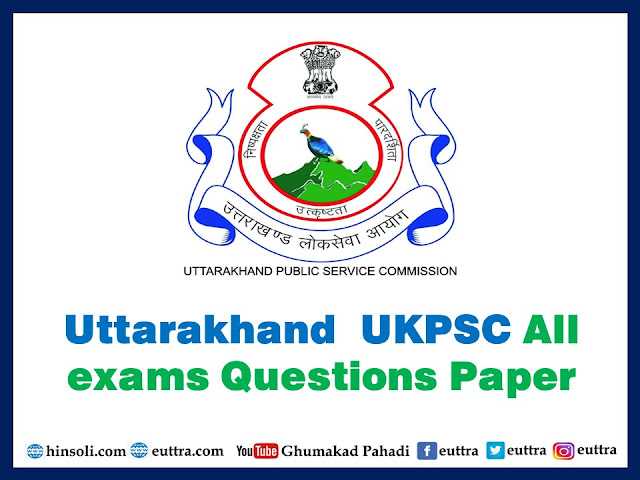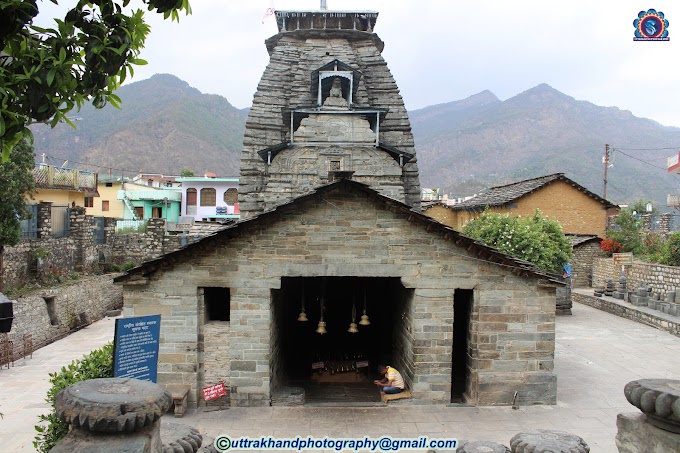A comparison between India and Pakistan's military capabilities—particularly in terms of weapons and readiness—shows clear differences in scale, technology, and doctrine. Here's a breakdown across key categories, assuming a hypothetical conflict:
1. Nuclear
Weapons
|
Category |
India |
Pakistan |
|
Estimated
warheads |
~160–170 |
~160 |
|
Delivery systems |
Land-based
missiles, aircraft, SLBMs |
Land-based
missiles, aircraft |
|
Doctrine |
No First Use
(NFU) (official) |
First Use (ambiguous doctrine) |
|
Missile types |
Agni series
(range up to 5,000+ km), Prithvi, etc. |
Shaheen, Ghauri,
Nasr (tactical) |
Key Point: India has strategic depth and
second-strike capability (nuclear submarines). Pakistan emphasizes tactical
nukes and quicker deployment.
2. Conventional
Military Strength
|
Category |
India |
Pakistan |
|
Active personnel |
~1.45 million |
~654,000 |
|
Tanks |
~4,500+ (T-90s,
Arjun, etc.) |
~2,700+
(Al-Khalid, T-80UD, etc.) |
|
Aircraft |
~2,200 total
(600+ fighters) |
~1,400 total
(350+ fighters) |
|
Naval power |
1 aircraft
carrier, 10 destroyers, 16 submarines |
-9 frigates, 8
submarines |
Key Point: India has numerical and technological
superiority, especially in the Navy and Air Force. Pakistan focuses on speed,
mobility, and asymmetric strategies.
3. Defense
Budgets (2024 estimates)
- India: ~$73 billion (3rd largest globally)
- Pakistan: ~$11 billion
India invests far
more in defense R&D, modernization, and imports.
4. Missile and
Air Defense
- India:
- Agni-V ICBMs
- BrahMos supersonic cruise missile
- S-400 air defense systems (from
Russia)
- Pakistan:
- Babur cruise missile
- Nasr (tactical nuke)
- HQ-9 (Chinese air defense)
5. Allies and
Strategic Relationships
- India: Close ties with Russia, USA, France,
Israel; part of the Quad (with USA, Japan, Australia)
- Pakistan: Strong defense ties with China and
some support from Turkey and Gulf nations
Summary
|
Factor |
Advantage |
|
Manpower |
India |
|
Nuclear
posture |
Both deterrent |
|
Air Force |
India (more
advanced, larger) |
|
Navy |
India
(significant superiority) |
|
Technology
& R&D |
India |
|
Rapid
Deployment |
Both (focused
doctrine) |
Conclusion:
In a conventional
war, India has clear superiority in size, technology, and strategic assets.
However, Pakistan's tactical nuclear doctrine and strong defensive planning
make any full-scale conflict highly dangerous and potentially catastrophic
for both sides. Both nations likely understand the high cost of war and rely on
deterrence.

.png)
.png)

.jpg)

















Follow Us